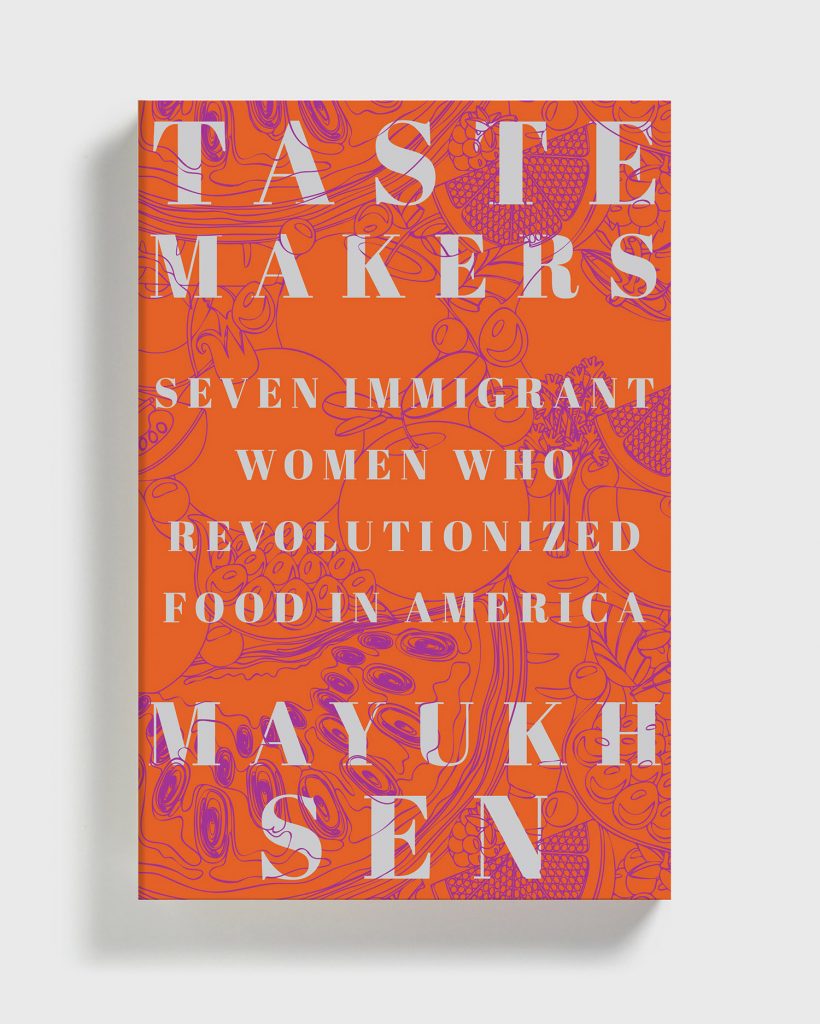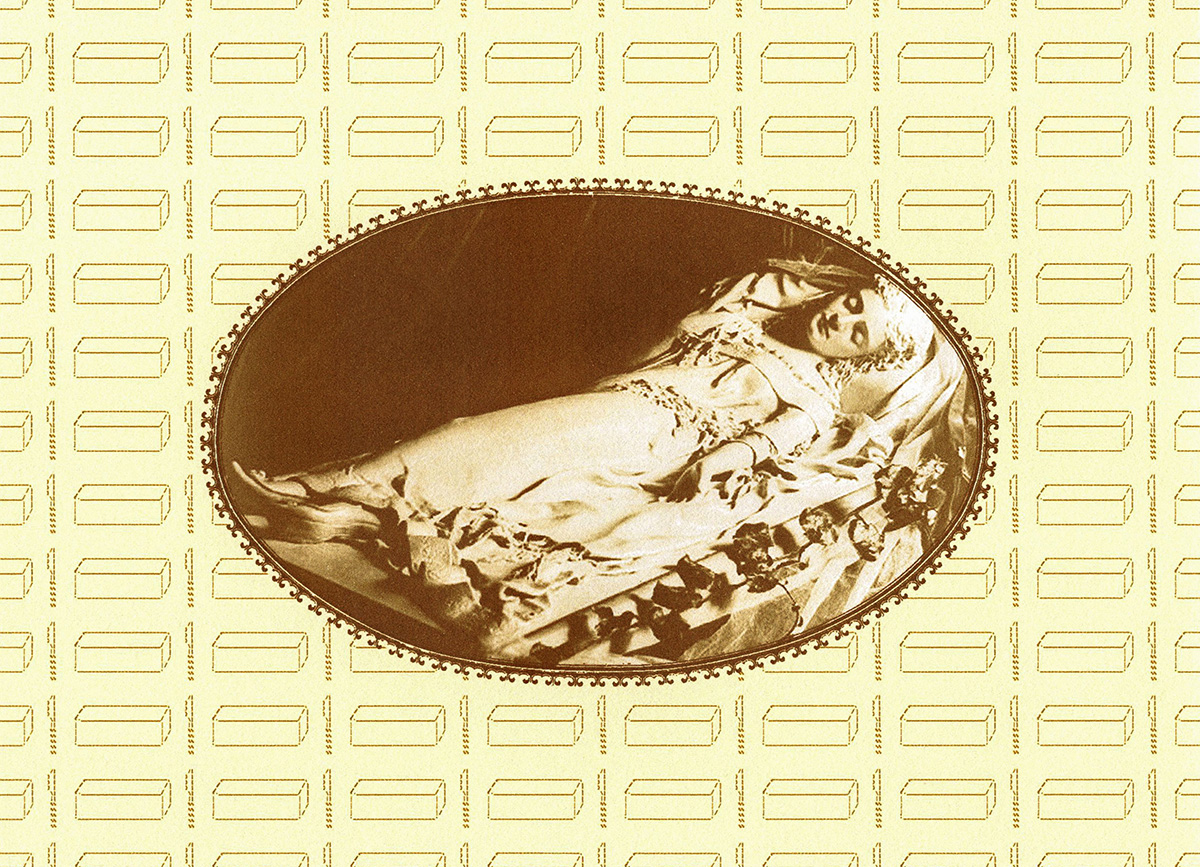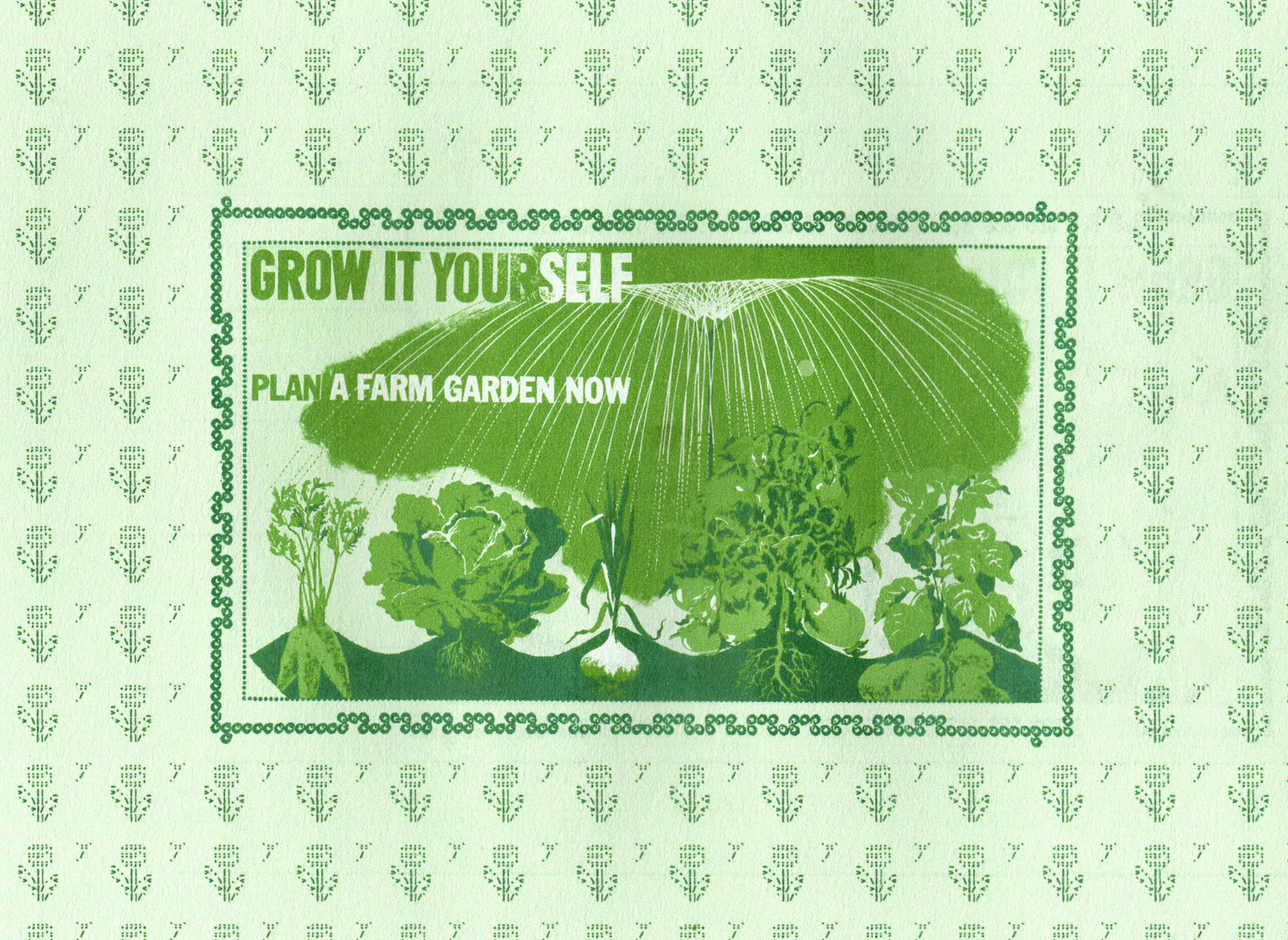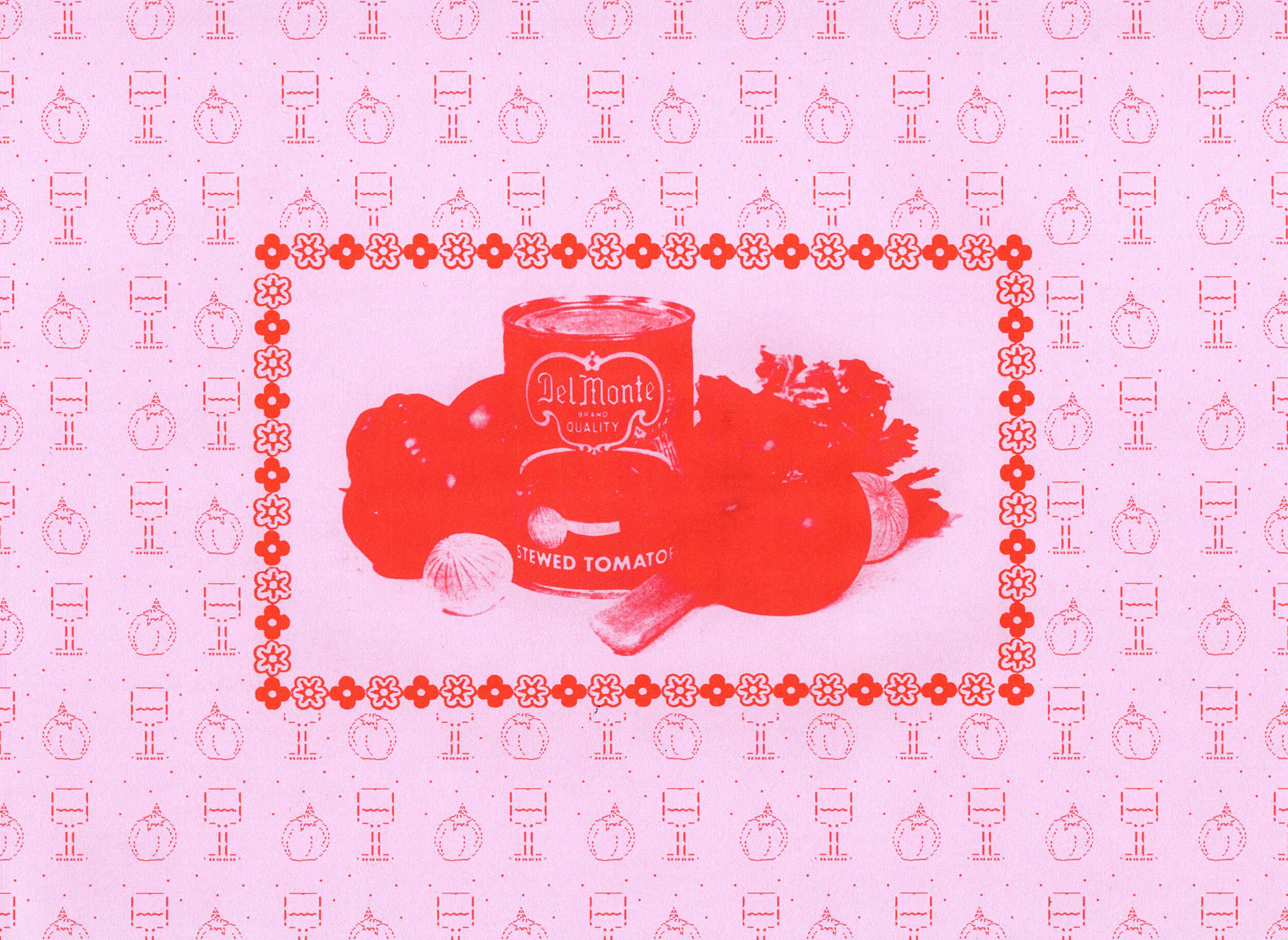Gut Vision is a series about the ways that we consume not only food but also symbols.
The food writer Mayukh Sen has cultivated a deep appetite for compelling narratives – stories that stir the stomach and culture too. Mayukh’s writing presents often overlooked makers, foods and delights of the American culinary landscape – an attempt to repair cultural amnesia. His writing on food has appeared in The New York Times, the New Yorker, the Washington Post, and elsewhere. He won the 2018 James Beard Award for Profile and was nominated for the 2019 James Beard MFK Fisher Distinguished Writing Award. He teaches food journalism at New York University.
In my interview with Mayukh we ponder the future of food media, the writing methodology behind his upcoming book Taste Makers: Seven Immigrant Women Who Revolutionized Food in America and how to stop pandering to the white gaze when writing about food.
Somnath Bhatt:
How does food hold narrative capacity to probe broader cultural truths?
Mayukh Sen:
I almost exclusively write about food within the context of America and sometimes about India. My primary interests as a food writer is now through profiling people, whether they’re alive or deceased. The people who make the food we have, they come from somewhere and they have a story to tell about how they came to make that food, whether it’s because of some creative inclination or the necessity to survive within America under capitalism. When I write about womxn and femme identifying people in the kitchen, it brings me to questions like who has to take on the burden of cooking and what cultural rules made them do so? Who has to cook so that others can survive? What I’ve tried to reflect in my work is the truth that food is much more than an object for consumption. It is a window into so many imbalances within American society.
SB:
As someone who writes so delicately about the past of food and cooking, what do you see the future of food media holding?
MS:
The future of food media is a move away from traditional mainstream publications as the places where the most compelling food writing lives. I would like to see the rise of independent food media, and we’re already seeing it; in addition to MOLD, there is Whetstone magazine, which is doing an admirable job publishing stories on food from a truly decolonized perspective and independent writers like Alicia Kennedy, who writes about interconnectedness of food, capitalism and colonialism in her newsletter.
From an American context, I hope to see a return to the kind of inventive cooking and culinary practices that reframe certain cuisines which the white affluent dominant culture has maligned in really unfair ways.
I did a posthumous profile of a Raji Jallepalli, who was from South India and moved to the American South. Without any culinary training she started a restaurant where she cooked Indian food through the prism of French technique. She got a lot of establishment recognition for it. She died in the early aughts and her cultural memory has faded. It’s a shame to see the way in which this cultural amnesia works. Now we have some younger chefs of South Asian, and specifically Indian, descent who are operating along the same lines as she was, creatively. These chefs are putting different cuisines in conversation with one another. Yet there’s so little recognition for pioneers like Raji and others, who architected that template. I hope that the food media begins to have a broader sense of history and actually honor cooks like Raji Jallepalli. I don’t excuse myself for making these mistakes. There have been times where I should have also had a broader view of history to make sure that I am not aiding and abetting this kind of cultural amnesia.
In late 2018, I profiled the cookbook author, Nik Sharma, for The New York Times. He is someone who has a very specific approach to cooking—he is Goan and grew up in Bombay, also a queer person. I got one critique, which I really appreciated, that you should not treat Nik Sharma sui generis when Suvir Saran and many others also write from a queer Indian immigrant’s perspective and fold their identity into the food in crucial ways as well.
It’s one of the most frustrating tropes of food media, this obsession with anointing someone “the first” to accomplish something. American food media has a very short attention span and it has a desire to crown celebrities and then forget about them very quickly.
I would also like to see a move away from letting awards determine who gets access to opportunities. I say this as someone who benefited tremendously from an award early on in my career. I shouldn’t have “James Beard Award winner” next to my name for people to just give me the very basic courtesy of respect, pay me decent rates, or read my writing. It’s a problem because I don’t think that getting that medal changed the quality of my writing. Often awards are not a measure of a person’s talent, insights, and their abilities as a creative. Awards, by nature, are incredibly random and arbitrary and expecting writers, especially ones who have something refreshing to say, to work in a way that they do get awarded recognition can actually stop them from creating what they want to truly write.
SB:
Food is inherently close to taste – literally but also culturally. How do you see yourself interrogating notions of taste?
MS:
Yes, it’s a wonderful question, especially because the title of my book is literally Taste Makers: Seven Immigrant Women Who Revolutionized Food in America. As I was writing my book, I started to really interrogate who has been determining cultural tastes. Especially as they relate to power and capital.
In my book I take a view of American culinary history that begins shortly after World War II, when you see a lot of power and influence drifting to The New York Times food section. Specifically in 1957, when Craig Claiborne assumed the title of food editor. He was able to create stars out of people who are once relatively anonymous to the public and some of those figures are womxn I profile in my book. As the decades wore on, it wasn’t just The New York Times food section determining who becomes a culinary star. Later we have Bon Appetit, Gourmet magazine, which has folded, and other food glossies that have tremendous power. These publications are owned and operated by very large corporations. Influence has been centralized in these large corporate publications for so long. The platforms who may anoint us stars determine who gets access to money to keep creating and cooking and telling stories. That needs to change. So often these publications have only centered white affluent liberal readers, and as a result, there are so many talents who do not land on the radar of these publications.
I really hope to see big publications anticipate trends instead of reacting to them. Since last summer, all of the sudden once timid, milquetoast food publications start to give real estate to stories that they would have previously shortened. To me that feels quite insulting to the subjects and voices because it is so clearly reactive. These editors finally started taking the temperature of the landscape surrounding them. The market also determined that it was “safe” for them to finally give space to these kinds of stories that they could have told a long time before.
The truth is that food is much more than an object for consumption. It is a window into so many imbalances within American society.
SB:
What are ways to avoid the white gaze when writing about food? How can food media be more receptive to non-European makers and thinkers?
MS:
On the pure prose level of writing, there are small stylistic choices that one can make that have broader political implications. I teach my students not to italicize non-English food words, ingredients or recipe names. It asserts to the reader that this word can be part of one’s everyday vocabulary in the same way spaghetti or croissant can be.
I’ve found that within food media, first person plurals like ‘we’ or ‘us’ always signals a certain kind of reader who is white, affluent and just barely left of center, politically. This kind of presupposition and centering of a flattened reader no longer serves us. I encourage my students to be as precise as possible in defining who belongs to those groups.
I also try my best to avoid using declarative language when talking about certain national or regional cuisines. There have been times in the past where I’ve probably written stuff like, “Bengalis love X food” or something. But, Bengalis are spread across two neighboring countries and include a myriad of caste, class, religion and geopolitical alignments. There are a lot of nuances that you skim over when you write using declarative language. Qualifiers like: “some” or “many of,” can actually help bring a lot of nuance to writing.
In Taste Makers and in future writing, I don’t want to state assimilation as the end game. In my book I try my best to trouble the concept of the American nation and this whole rosy view of America as a melting pot. Food writing that positions assimilation as an end game, to me, nurtures a very liberal impulse that’s born out of fealty to whiteness and a desire for validation from white institutions. In profiling the women who are in the book, I really tried to pay attention to what these women said about whether their food was “American food” and how much they loved being American identifying or tying their food to an adopted American identity. Not considering any other alternative aside from assimilation leads to a lot of dilution and erasure.
SB:
You have previously mentioned, “Food media is classist by design.” What are some other ways in which the way we narrativize our relationships with food can perpetuate a very limiting status quo?
MS:
A classic example is the ”lunchbox essay,” a narrative that hinges around an immigrant child growing up in white America and going to school, opening their lunch box and having their peers express total disgust and confusion about that food. The experience of opening your lunchbox unlocks this greater journey internally for the narrator who, in adulthood, comes around to feeling no shame, only pride, in their food. I am trying to move away from the template of this lunchbox essay. I’m trying my best not to negate the sincerity of that narrative and the truth that it does hold for some people. But I think that there is a way to execute that genre that lazily feeds, no pun intended, white rich liberal readers because it is born out of an obsession with whiteness and being validated by whiteness. There are some exceptions to this essay, like Monique Truong. Constantly pandering to this trope can just feed the appetite for an assimilationist end game.
A food piece that I wrote last year was on a woman named Elka Gilmore, who was an out lesbian chef in the 1990s in San Francisco, and her legacy specifically as it relates to female-identifying or non-binary chefs.Throughout my reporting, I heard from so many straight people saying that her queerness did not matter, because “she cooked like the rest of us.” To me it is reminiscent of the kind of platitudes you hear from a lot of old conservative folks, “Oh, I don’t care if you’re white or Brown or Black or whatever, I don’t care about your race. I don’t see race.” Instead of taking to the pressure of what I was hearing from so many of my straight-cis sources, I told myself, what about your queer sources and queer readers, you have to do right by them as well. I was able to reframe the piece in a way that made me happy with the end result and not erase Elka’s individuality.
SB:
How does your forthcoming book align with these values and further your project of wanting food media to be more sensitive to issues of race and class?
MS:
Five of the seven women who I profiled in Taste Makers are deceased. It forced me into a position where I needed to find women who had left behind cookbooks or memoirs or had given extensive interviews that presented them speaking in their own voice. The last thing that I want to do in writing this book was for me to interject and insert myself into their narratives. I will make my presence known through my prose and other stylistic choices. As I was sifting through materials and figuring out which seven women I wanted to write about, I came to the realization: it is not surprising that cookbooks and memoir deals did not go to women who weren’t upper class. There were even fewer cookbooks and food memoirs authored by Black women. It was an unsurprising but sad truth that the American publishing landscape has not sufficiently provided opportunities for people who come from more diverse class backgrounds. It has really given Black women the short end of the stick. I really hope that moving forward, these larger publishing houses are more attuned to those historical imbalances and us writers don’t forget the work of those who have come before us—it takes a lot of ugly incidents for any change to happen in America.
SB:
Any thoughts on the current agrarian crisis going on in India?
MS:
As a child of a Naxalite father, I have a lot of thoughts on the agrarian crisis. All I can really offer on the record is that I have immense respect for the farmers who are protesting against the BJP, Modi and corporations, as I look at them from my porch over here in America. What I’ve tried to do is express my solidarity in quiet and private ways as much as I can – through direct action. I’ve tried to shift to a place where, instead of expending too much energy on social media and opening myself up to managing bad faith responses from other people, I let my work do the talking. I hope that in the near future, an opportunity will present itself for me to write about the farmer protests in a way that feels meaningful and true to the issue with the right editor and publication that can do justice to the geopolitical realities of the situation.
SB:
What is a dream project you could work on?
MS:
I would love to start a truly leftist food magazine. I find that there are a lot of closet leftists and socialists within the food media. Let’s get together and make something because clearly it’s hopeless to fight for accommodation on the pages of these larger food magazines that may dilute the real power of our ideas and sand off the really hard edges – Inshallah!


















